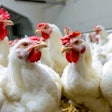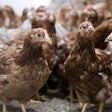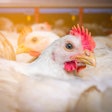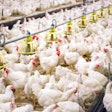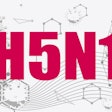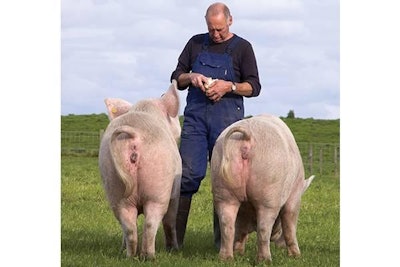
Gestating sows are the most convenient animals. After insemination, they require relatively little attention. As such, the nutrition of these animals is often considered the least important or least interesting part of the life cycle of pigs. Nevertheless, it is in the gestation period where the future productivity of the whole farm rests because slight variations in sow body condition can have long repercussions in the future. Some points to consider:
1. Optimal body condition
Average body weight is determined by genetics, but body condition is determined by nutrition. The most common observation on many farms is that gestating sows tend to be overweight as feed allowance can be rather generous. At the other end of the scale, sows can become too thin if lactation length is protracted or lactation feed intake management is insufficient. On a scale of 1 (emaciated) to 5 (very fat), gestating sows should be kept at a body condition around 3, which is the average. This is best achieved using a visual score card or backfat scan measurements.
2. Average daily feed allowance
In practical terms, a daily feed allowance of between 2 and 3 kg per sow is adequate for most sows. The exact amount depends on the energy concentration in feed and the average sow body weight at each farm. As a general rule of thumb, feeding 2.5 kg per sow will maintain the herd in an average condition, but again attention should be paid to individual animals.
3. Step feeding
It has often been suggested that gestating sows require more nutrients during the early and (or) late gestating periods. As such, many interesting nutrition programs have been devised where sows are fed according to a multi-step program. This is often a very elaborate practice, requiring extra labor and sophistication, which are often lacking. In truth, large scale experiments have clearly demonstrated that in practice, gestating sows can do equally well on a constant-level feeding program (traditional method) compared to the more elaborate step-feeding programs. Providing extra feed to gestating sows during the late period to increase body condition or litter weight is considered a different matter and should be used as last resort measure.
Feed allowance according to body condition
Sows that appear too lean, having a body score below 3, should be given an increased daily allowance of feed until they reach the desired target weight. Accordingly, overweight sows should be forced to lose weight by reducing their feed intake. These changes should start after the first or second week following insemination to ensure high embryonic survivability.
Sows must reach optimal weight well ahead of farrowing time, but changes in daily feed allowance greater than those described in Table 1 should be avoided to ensure embryonic development and survival is not affected. Nevertheless, these practical recommendations assume an average dietary energy density for an average-type of genetics in terms of mature body weight. Sows fed diets rich in fiber (low in energy) will require a regime adjusted to such feeds. The same applies to sows of a genetic frame that is either large or smaller than most commercial breeds.










